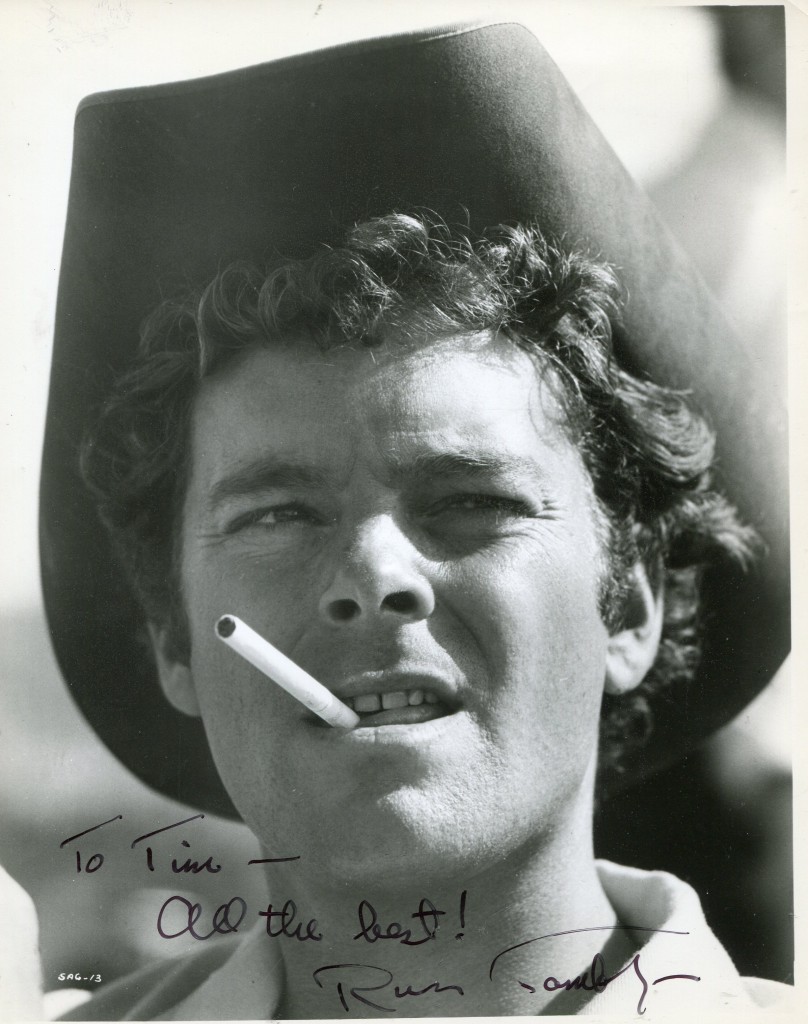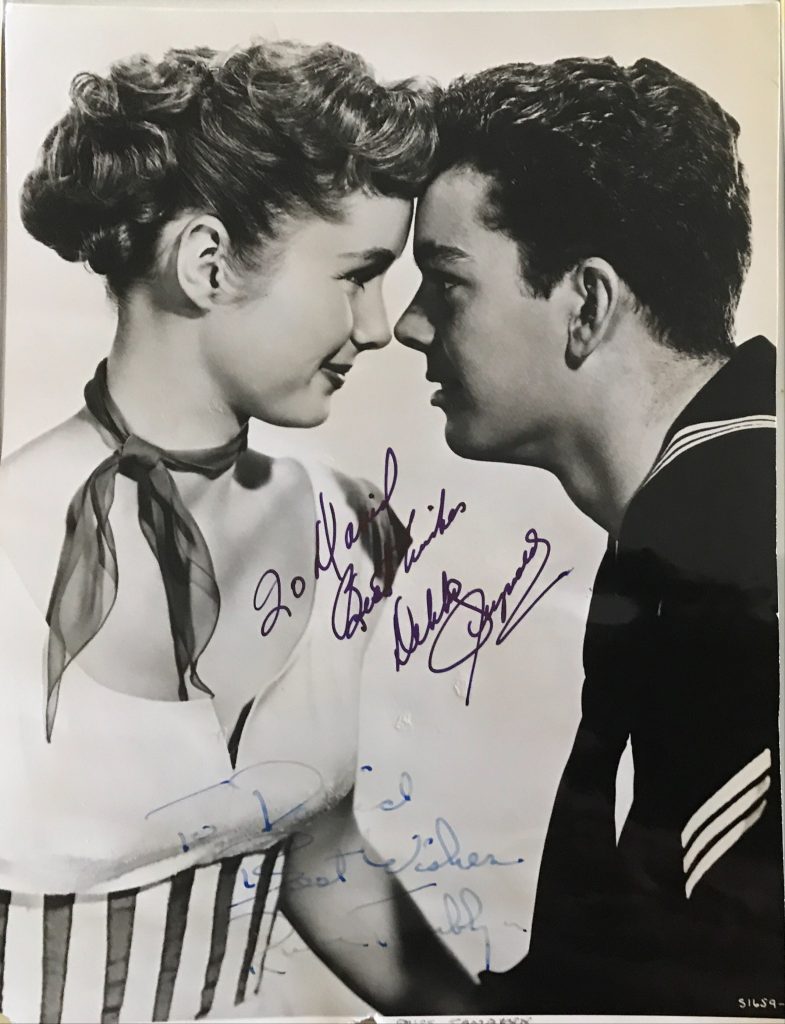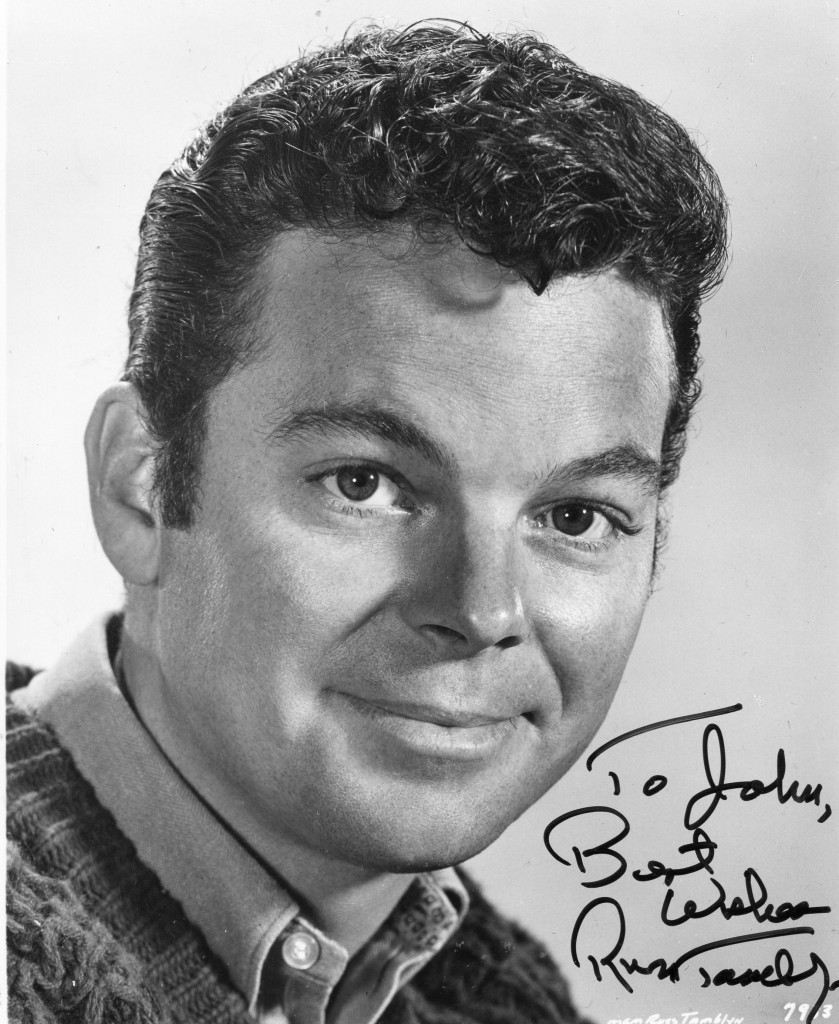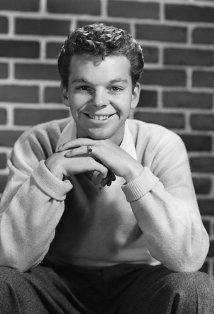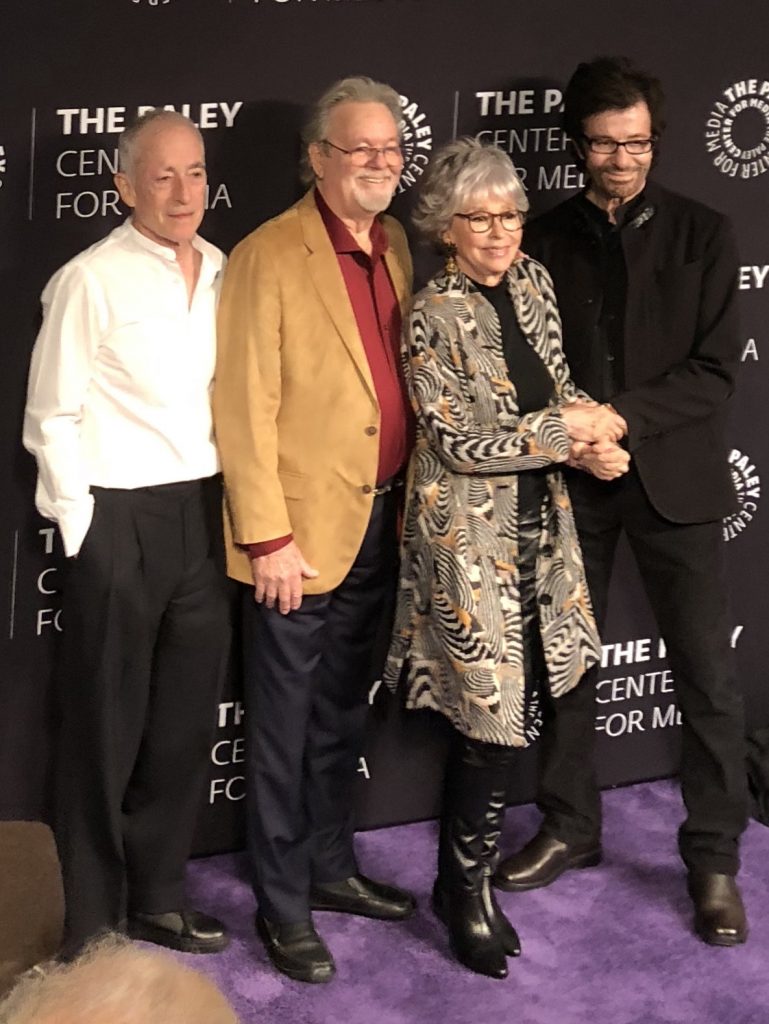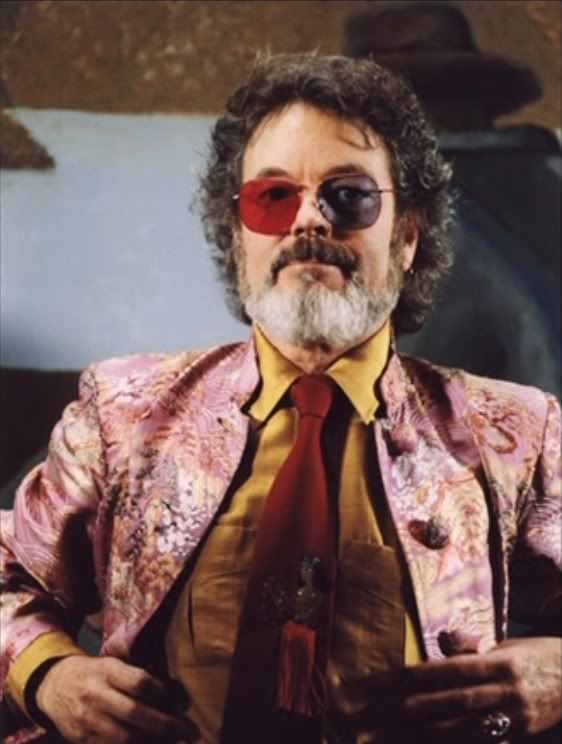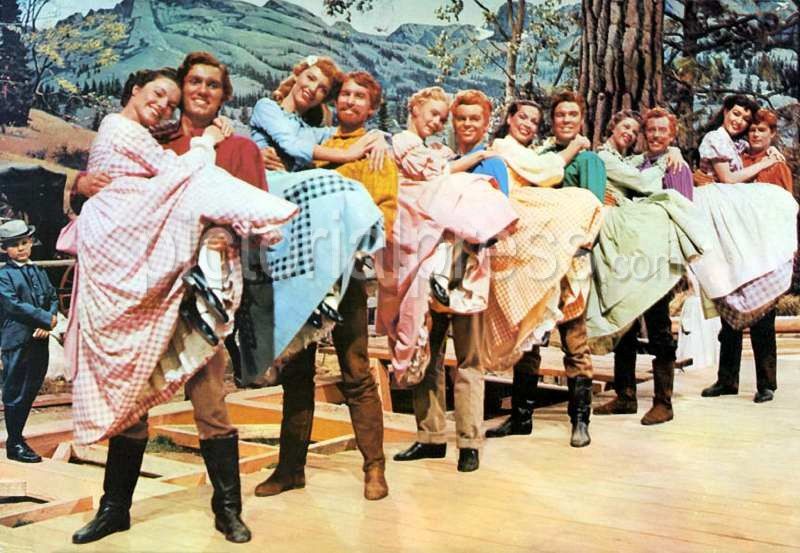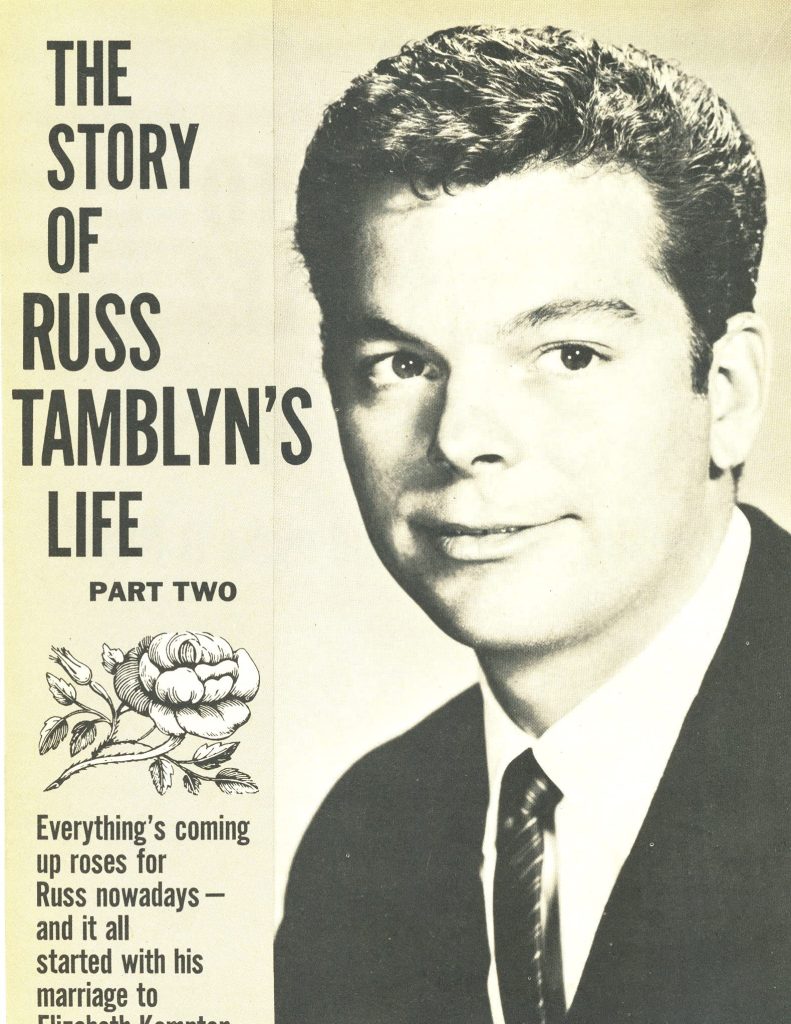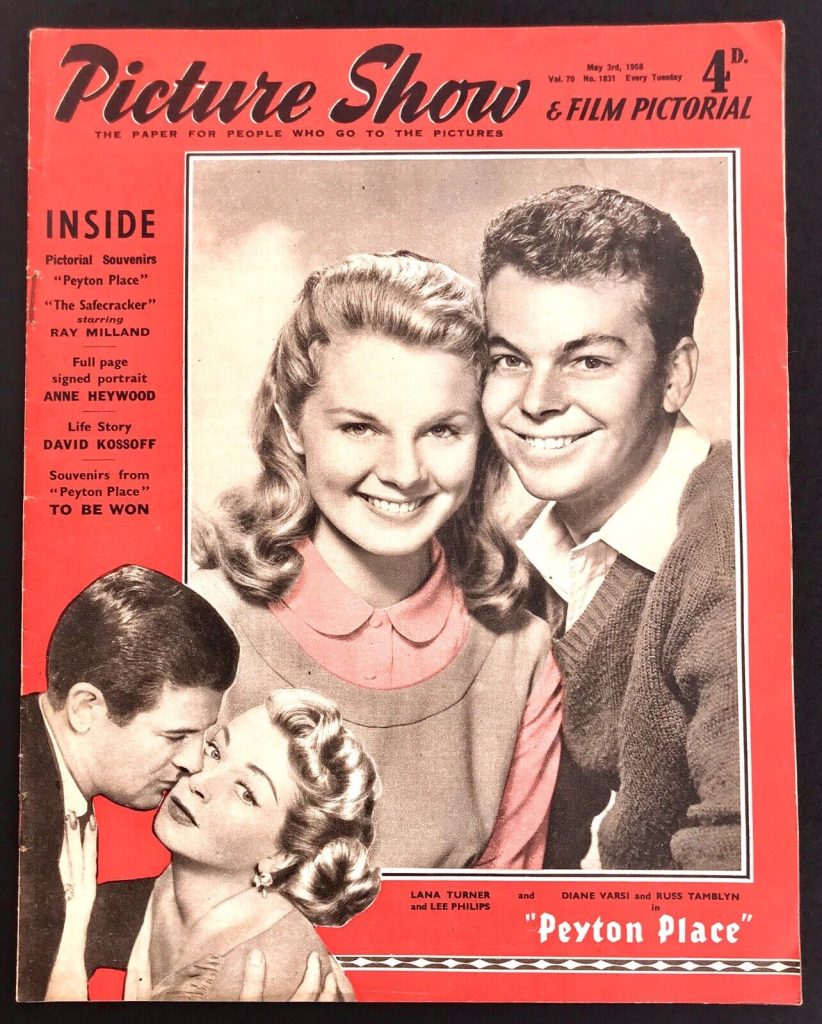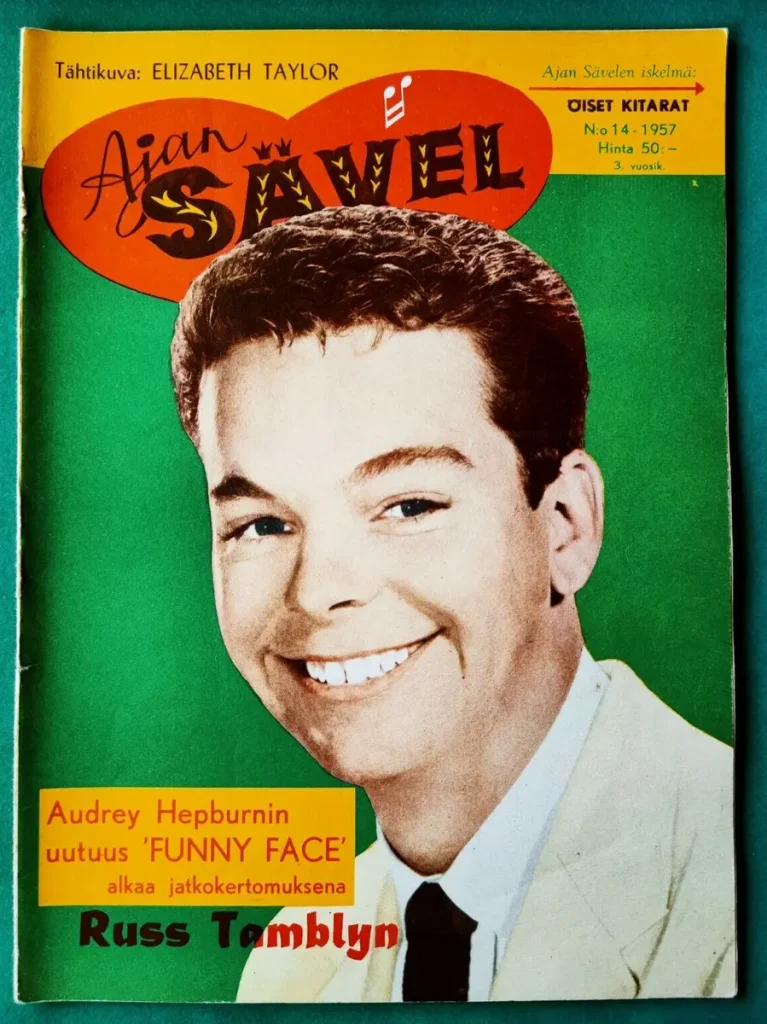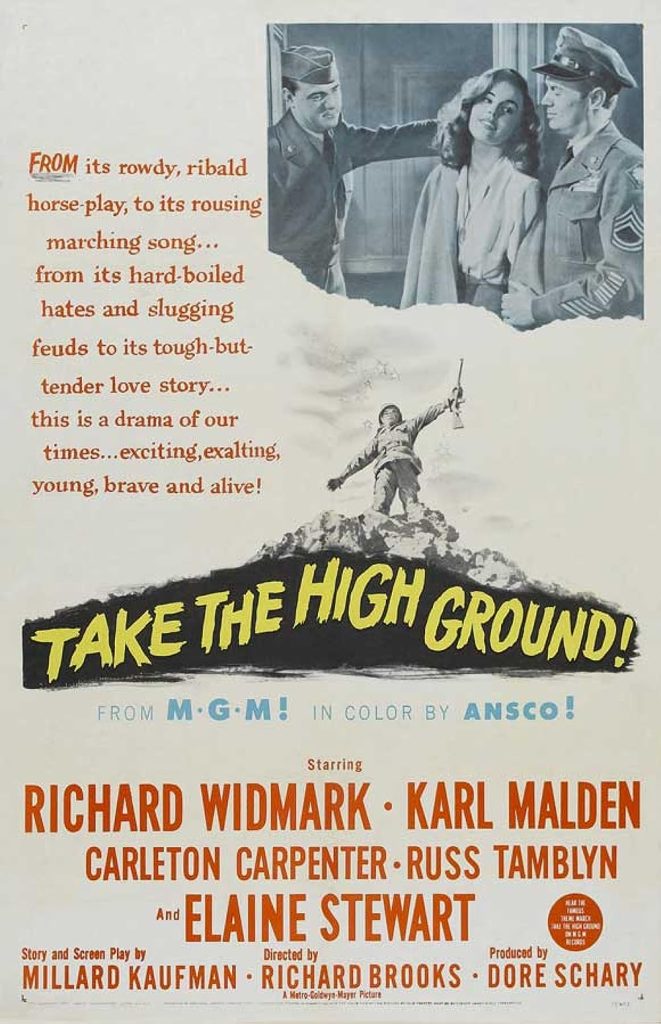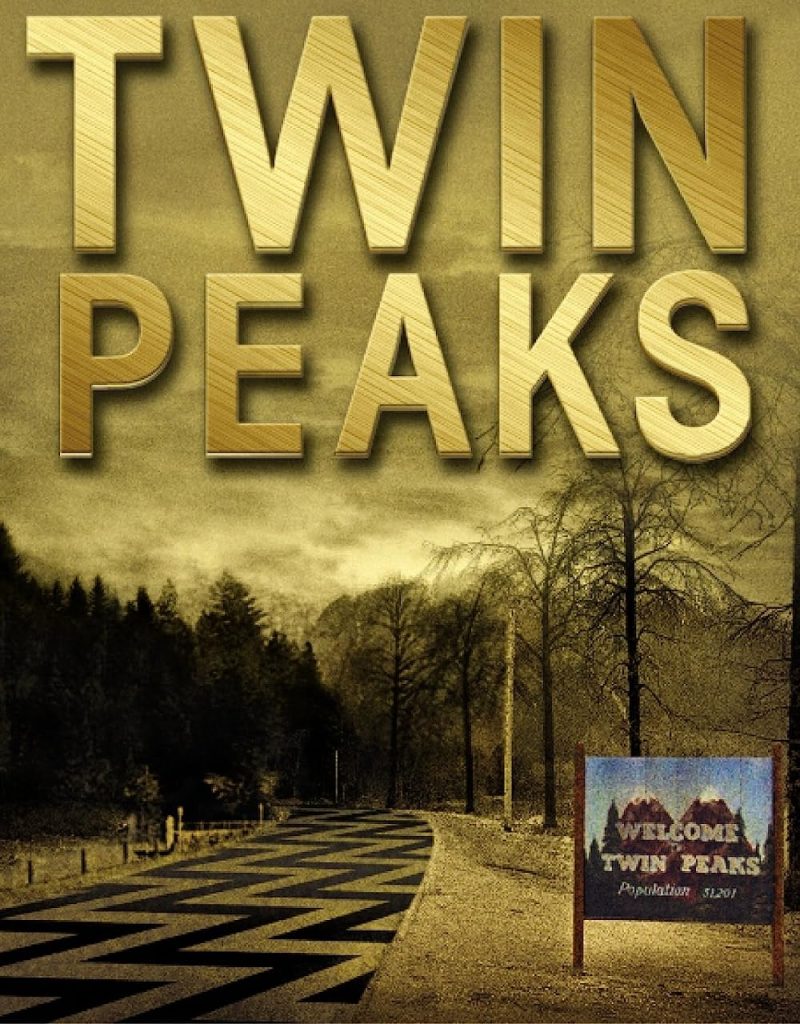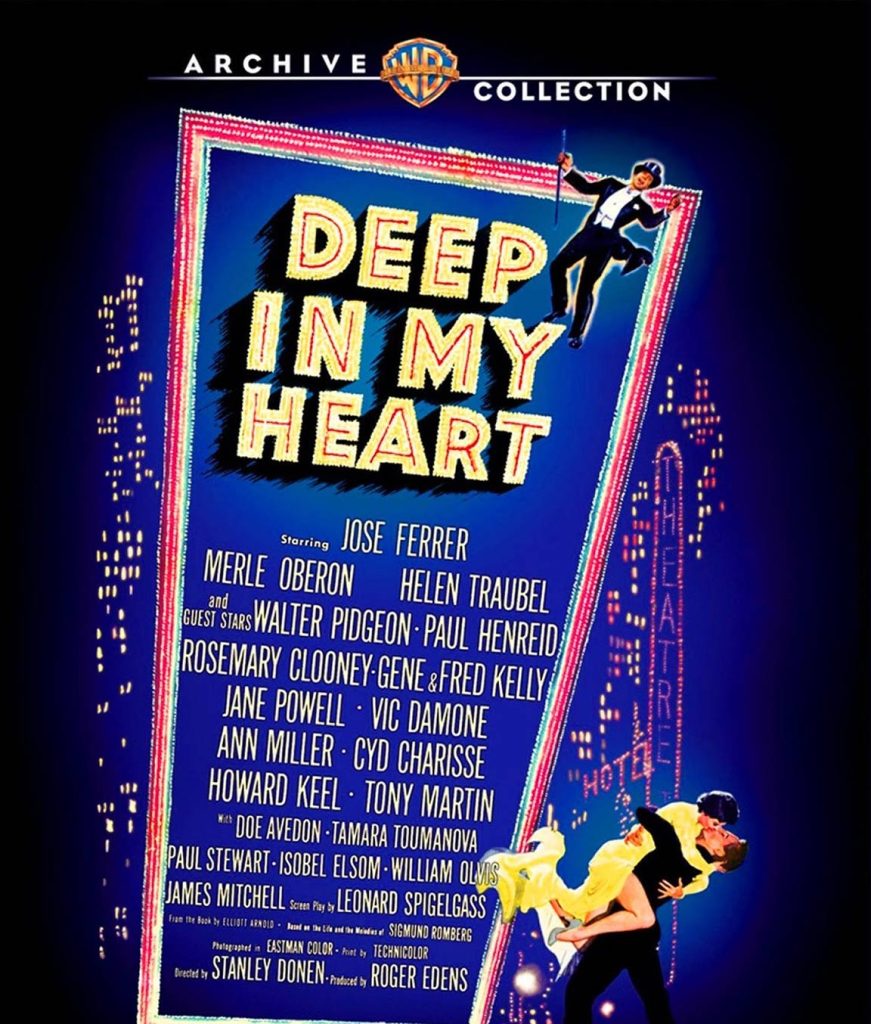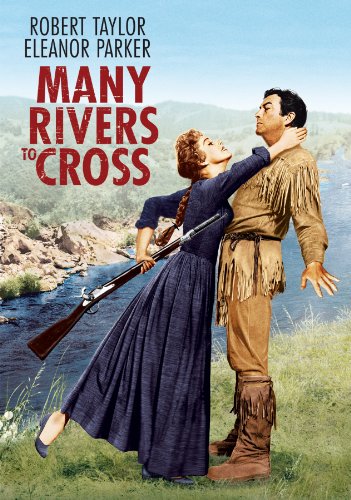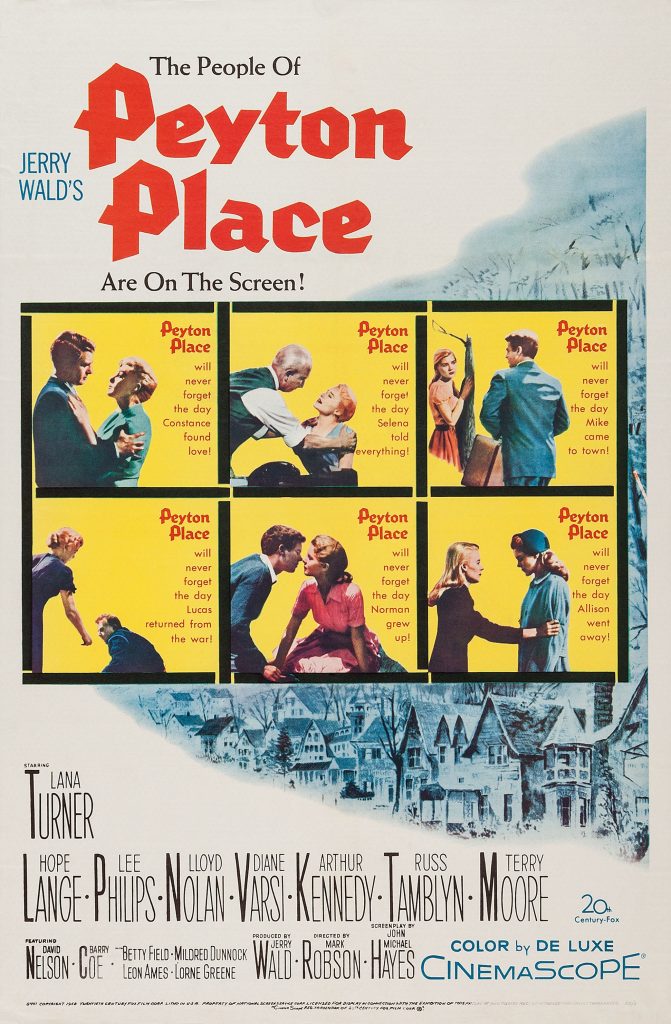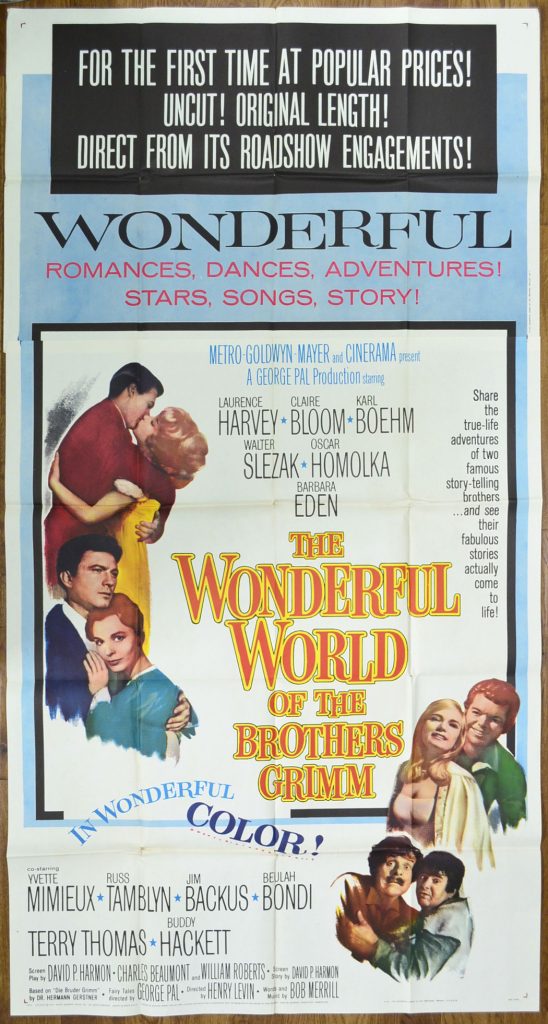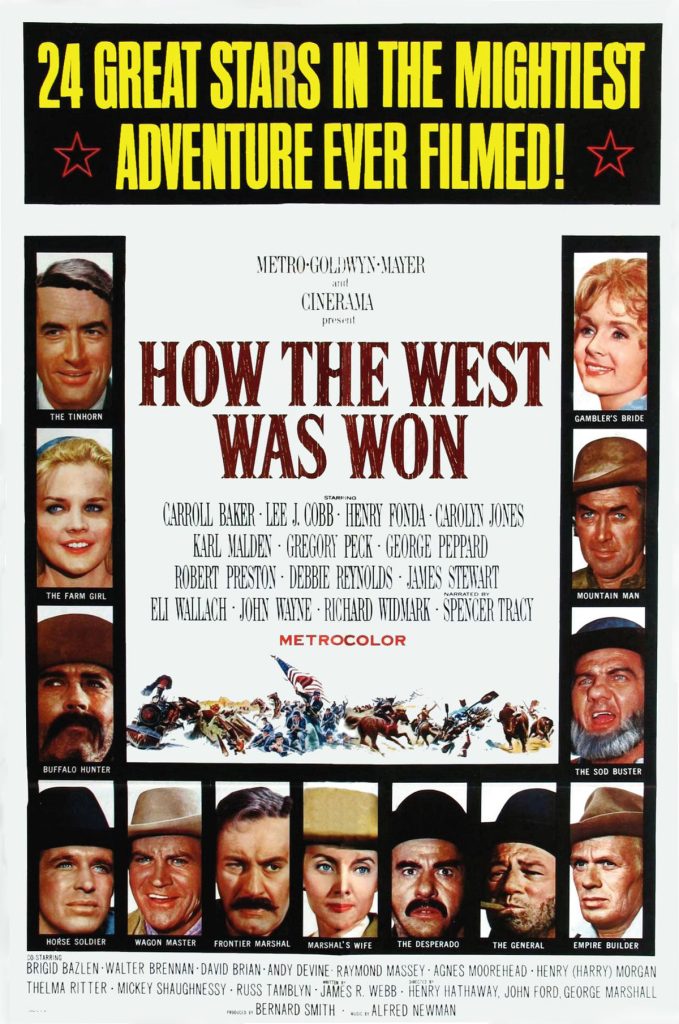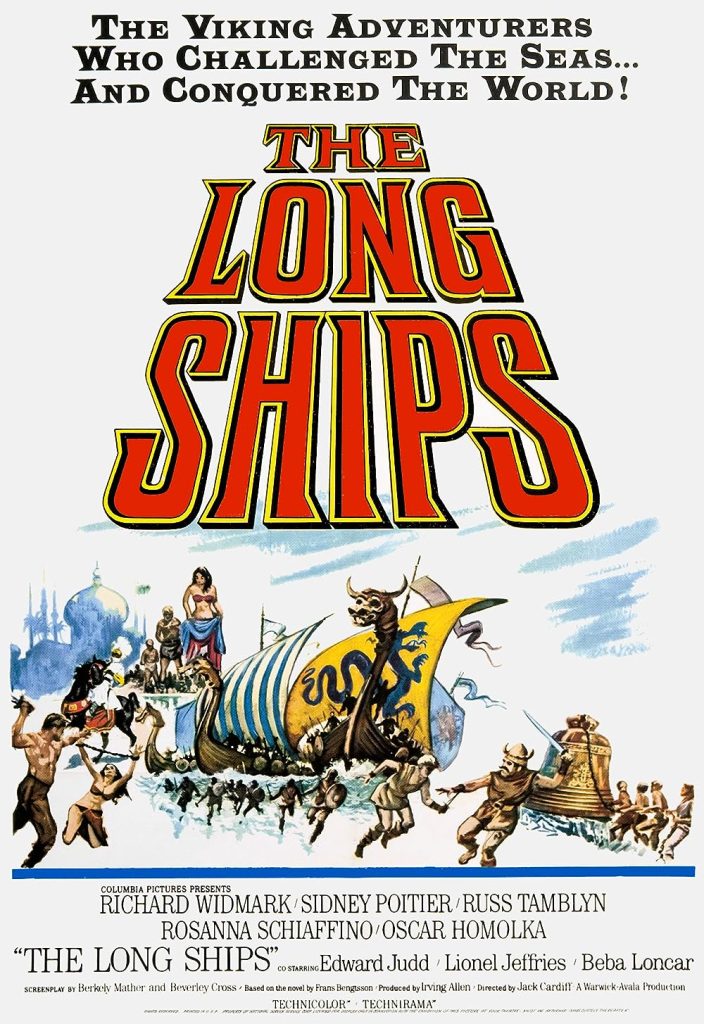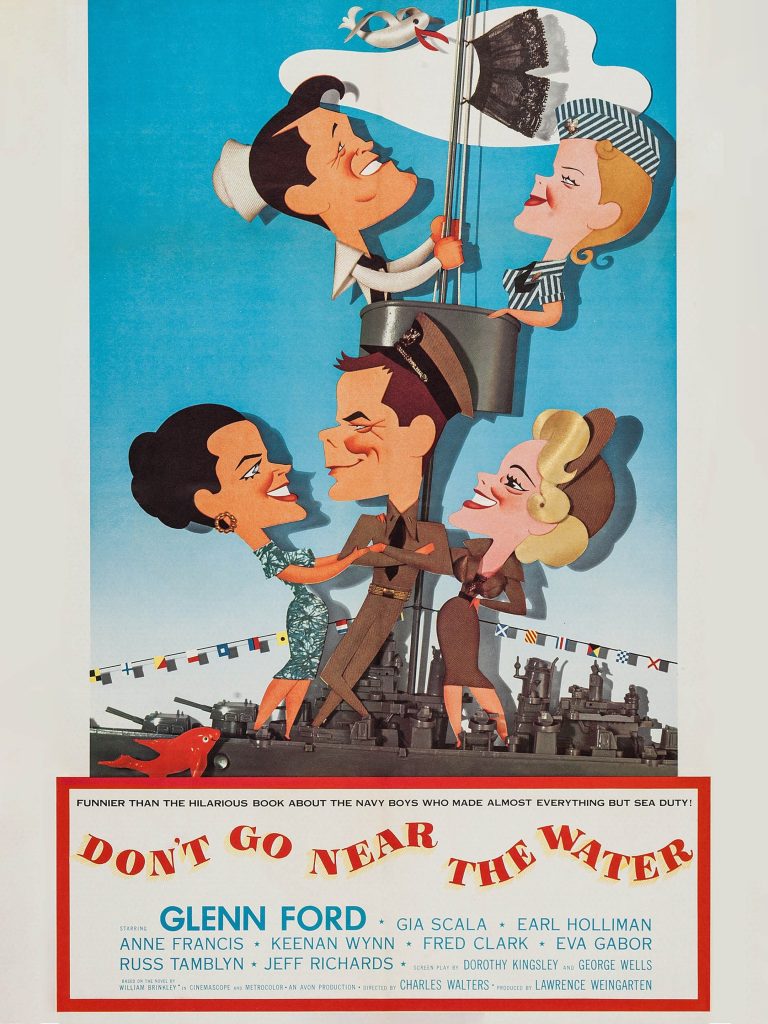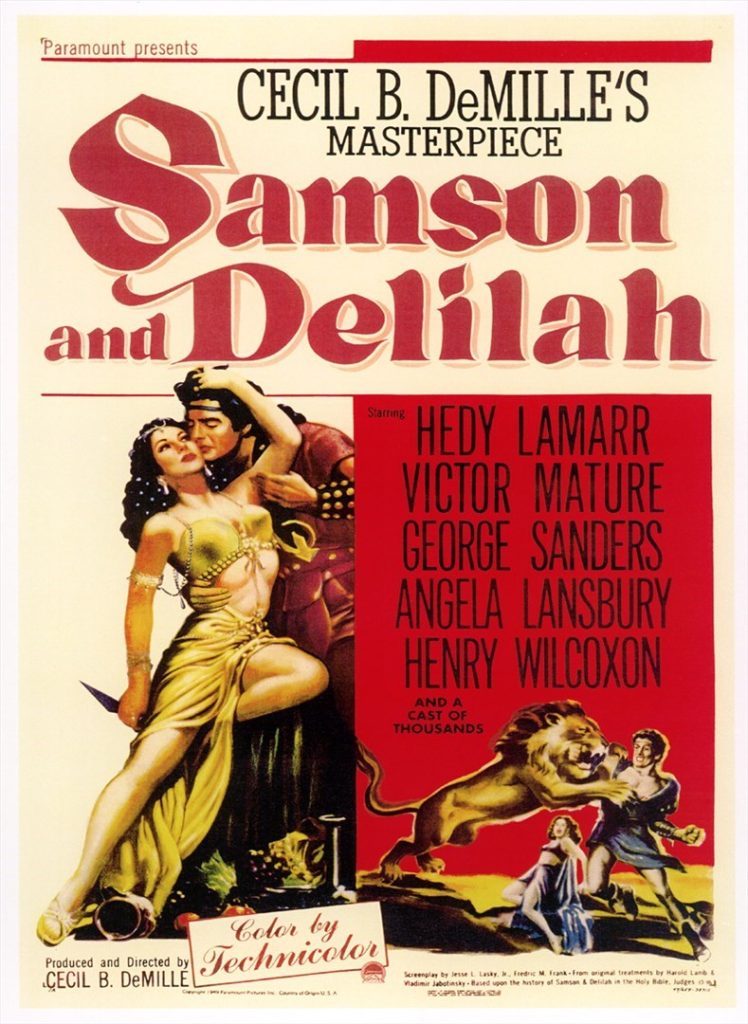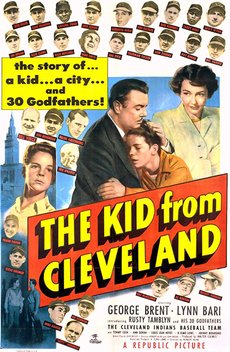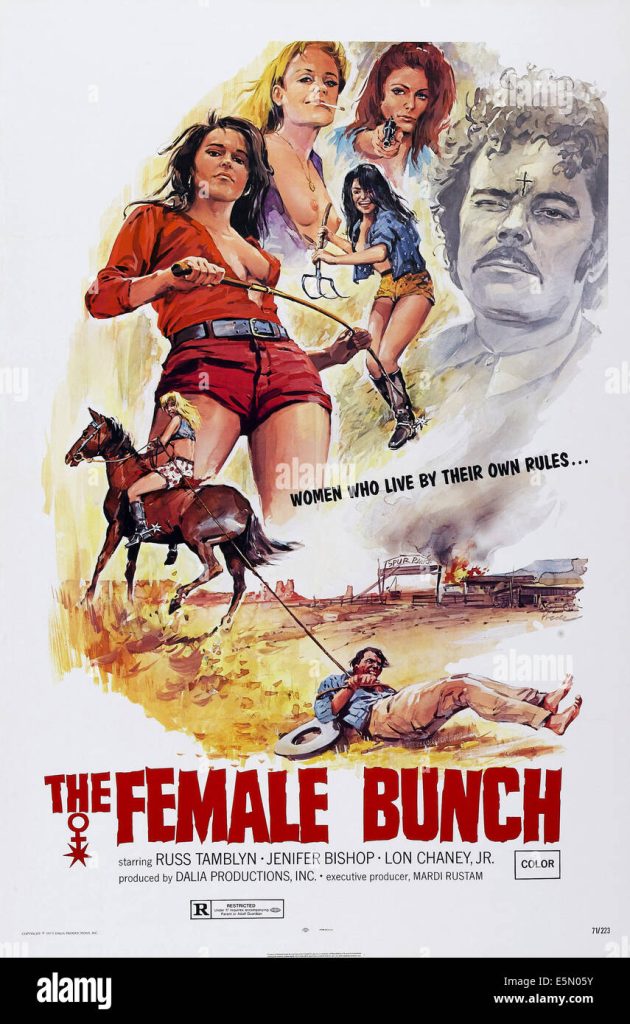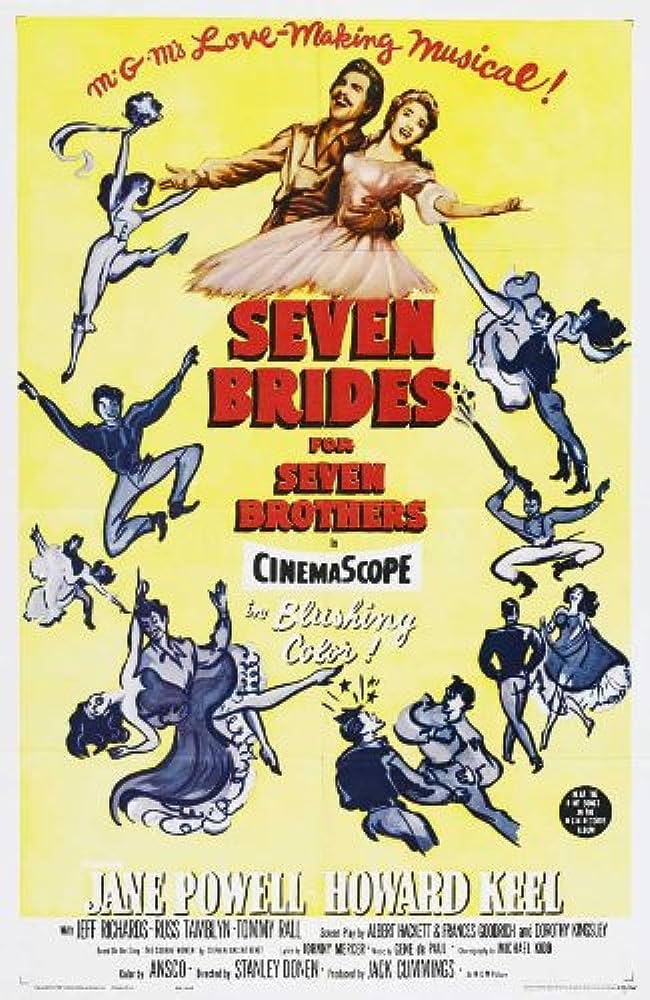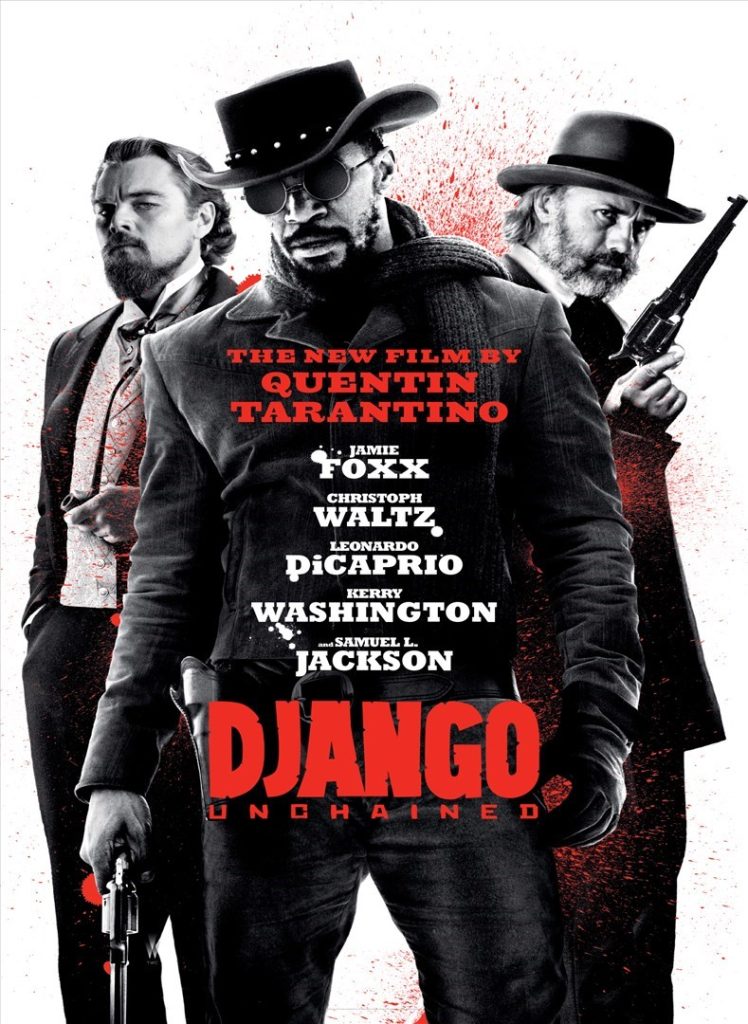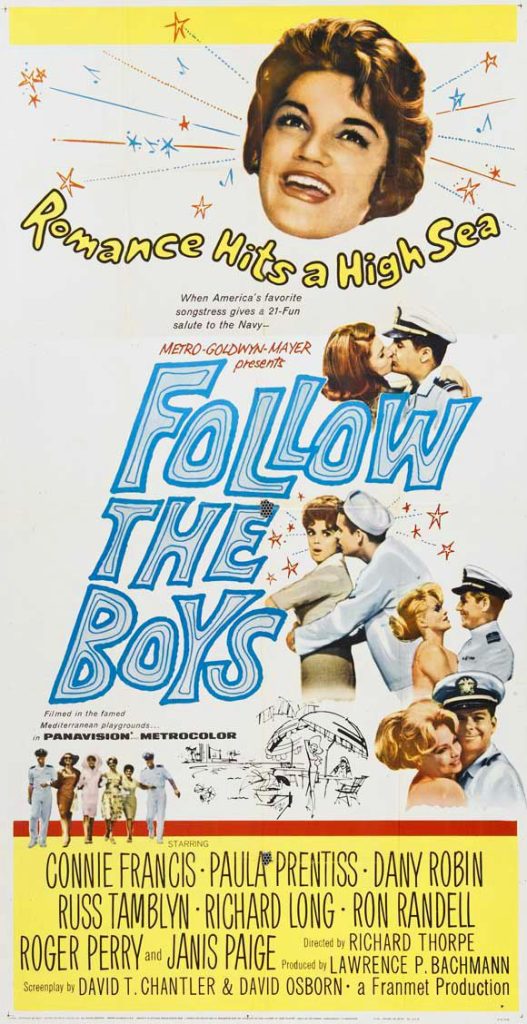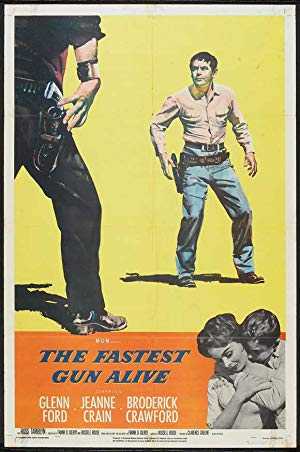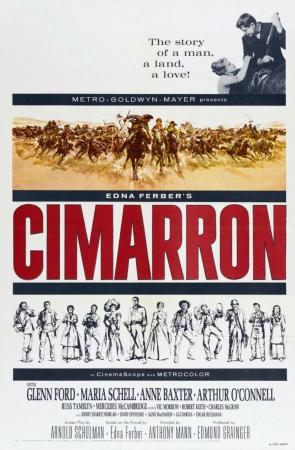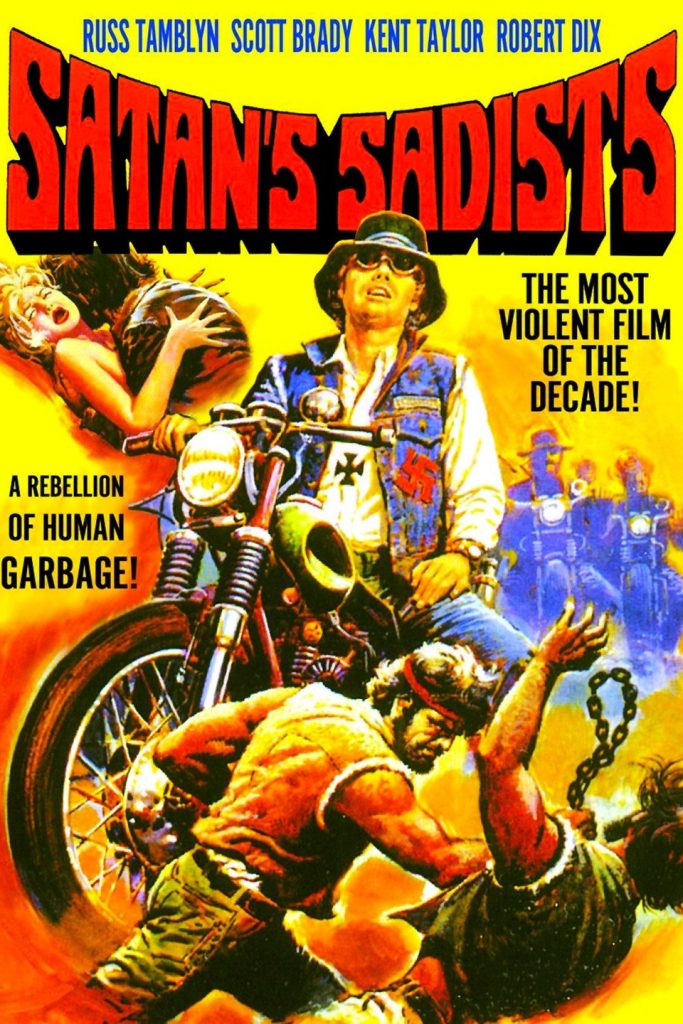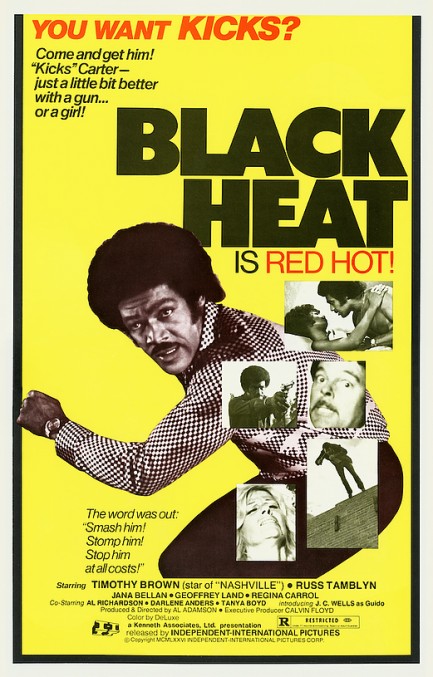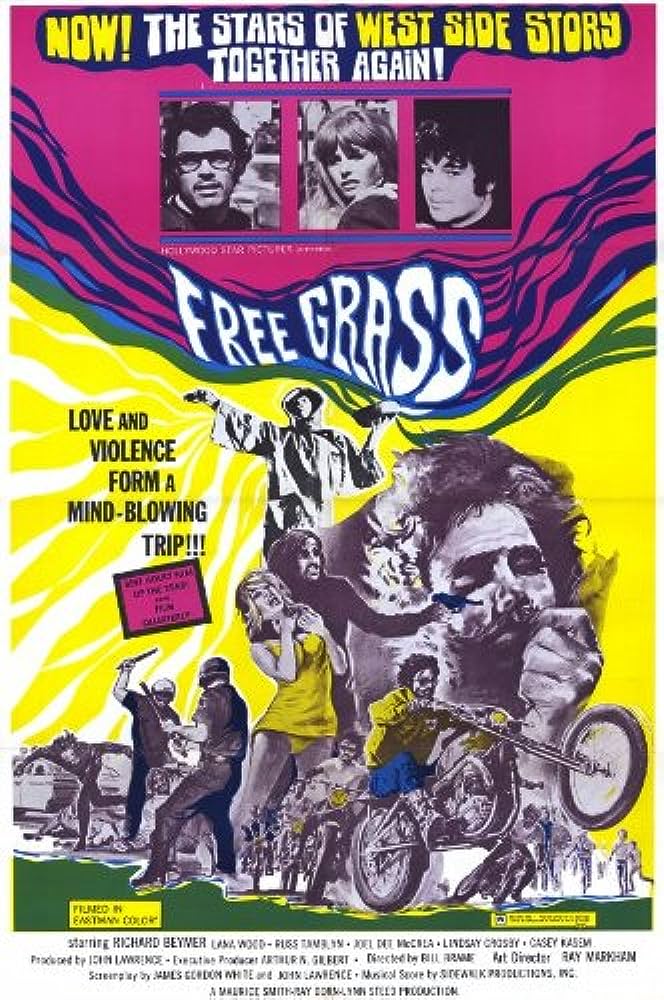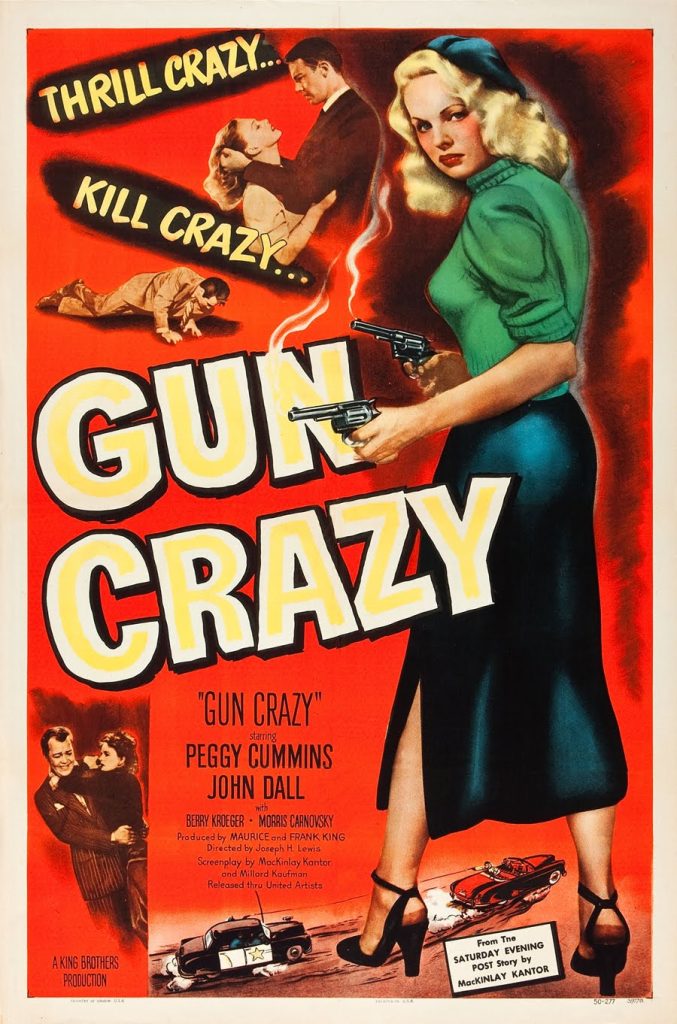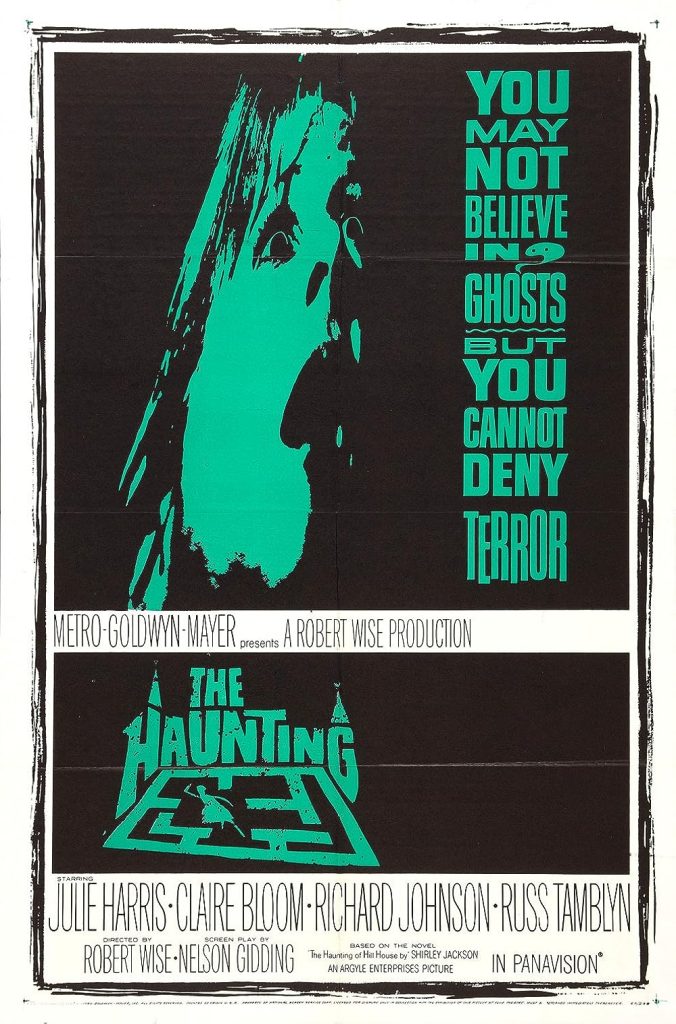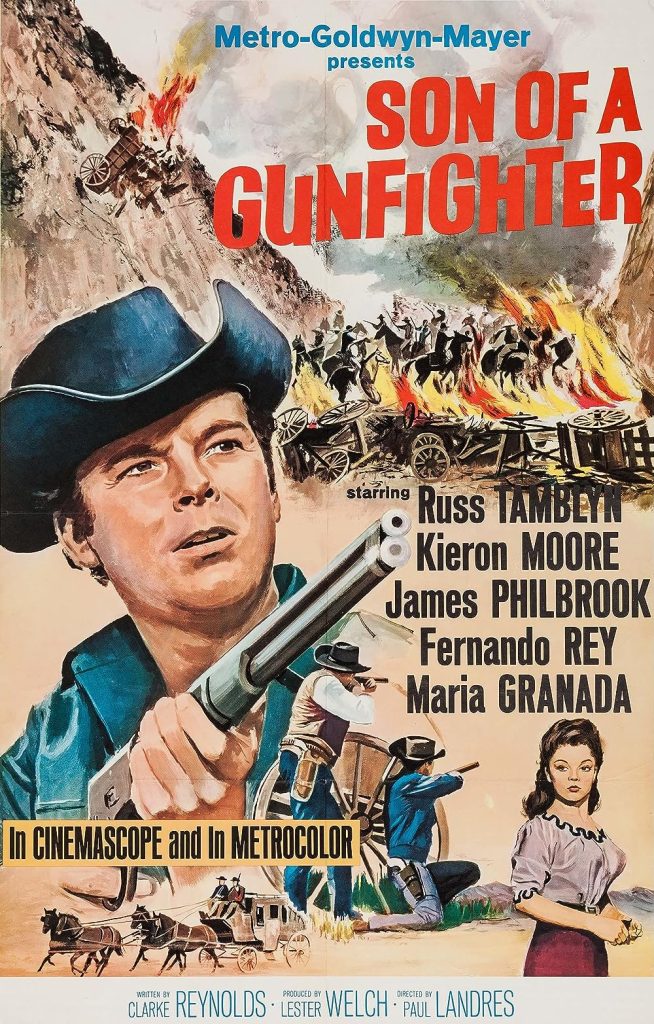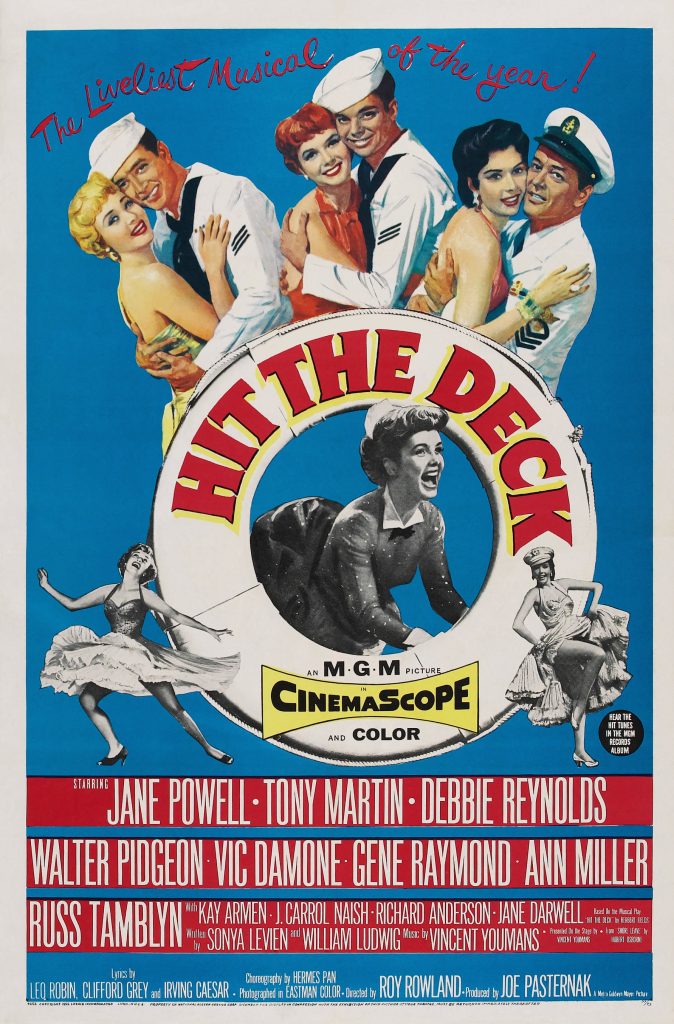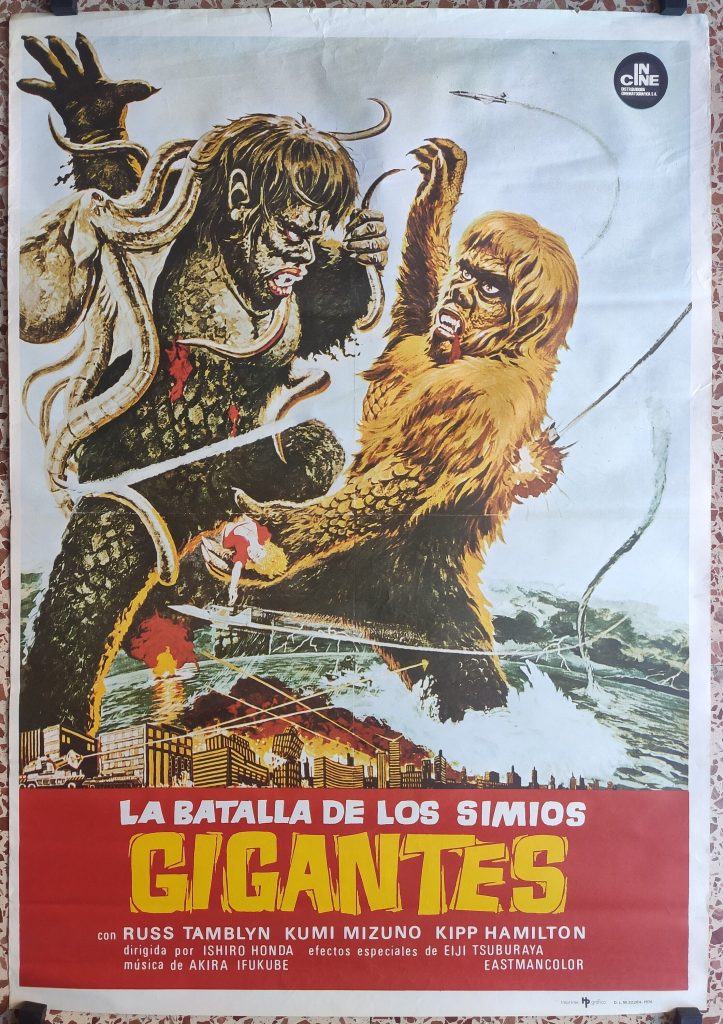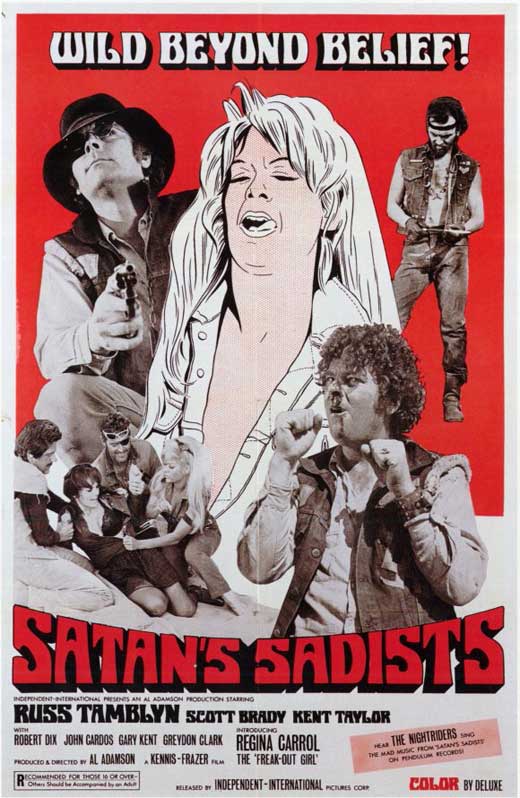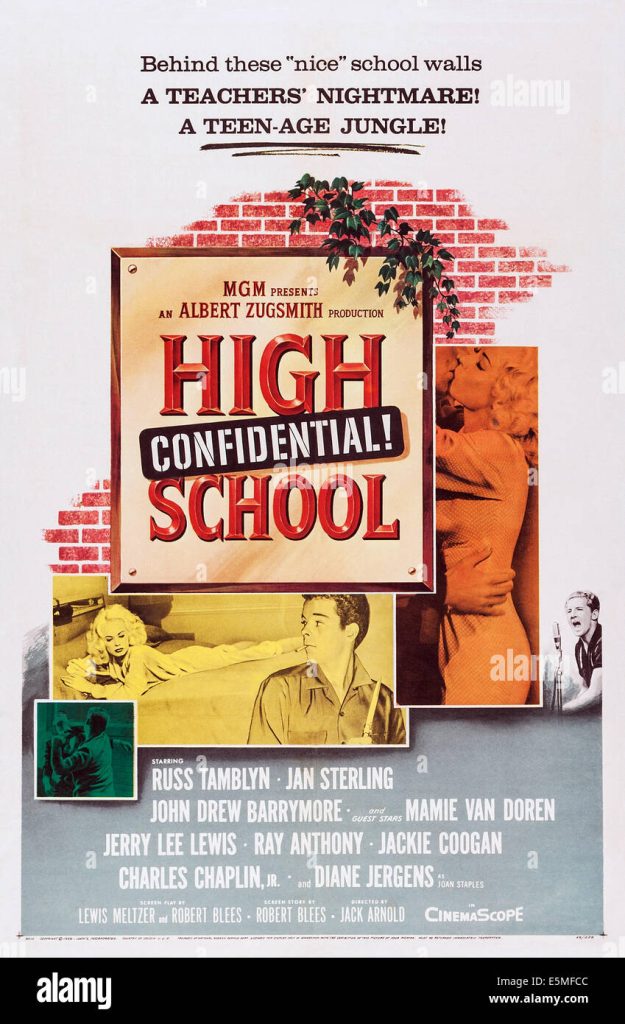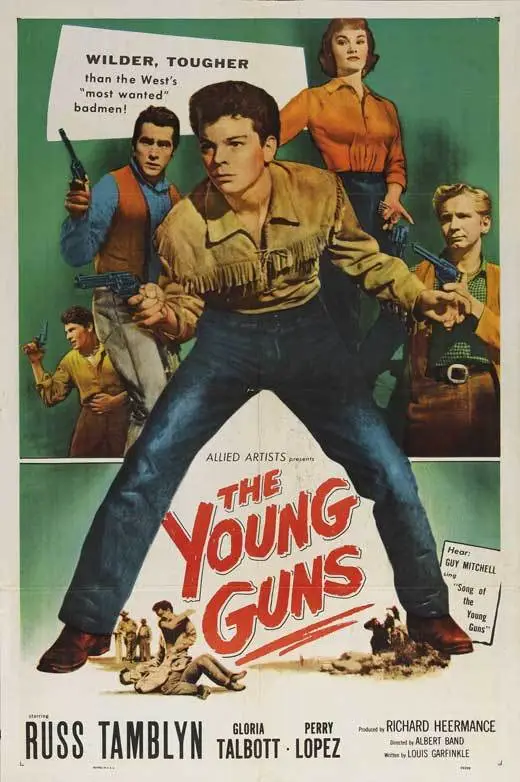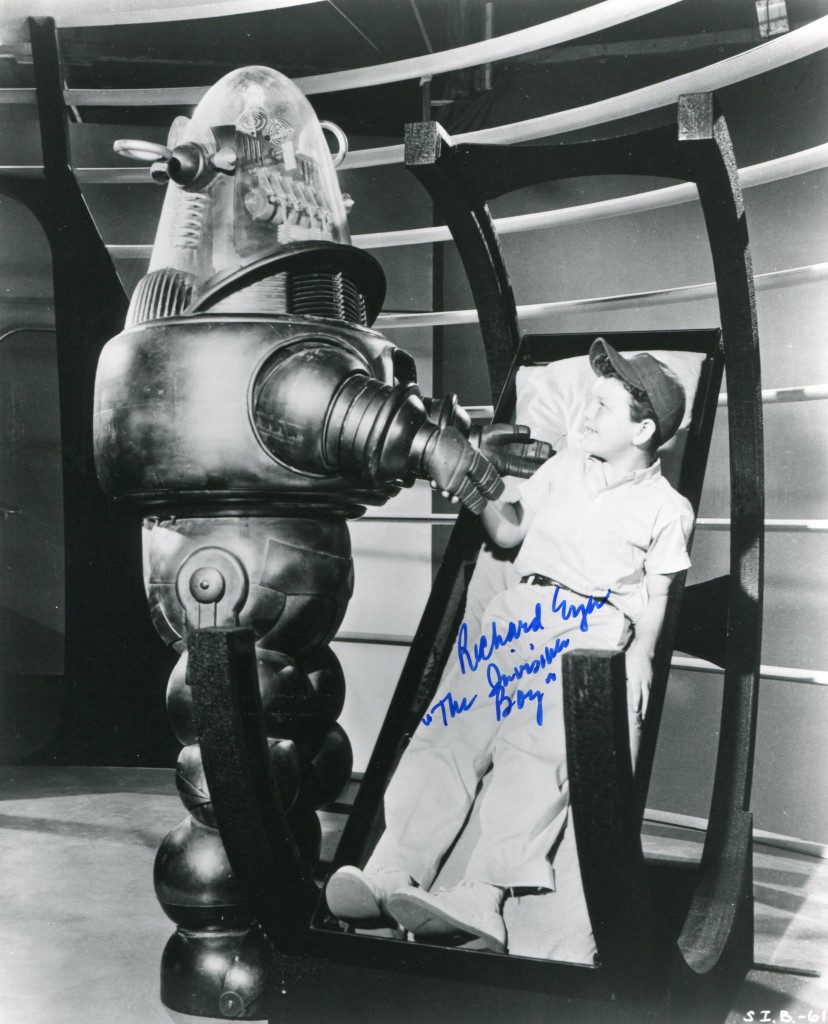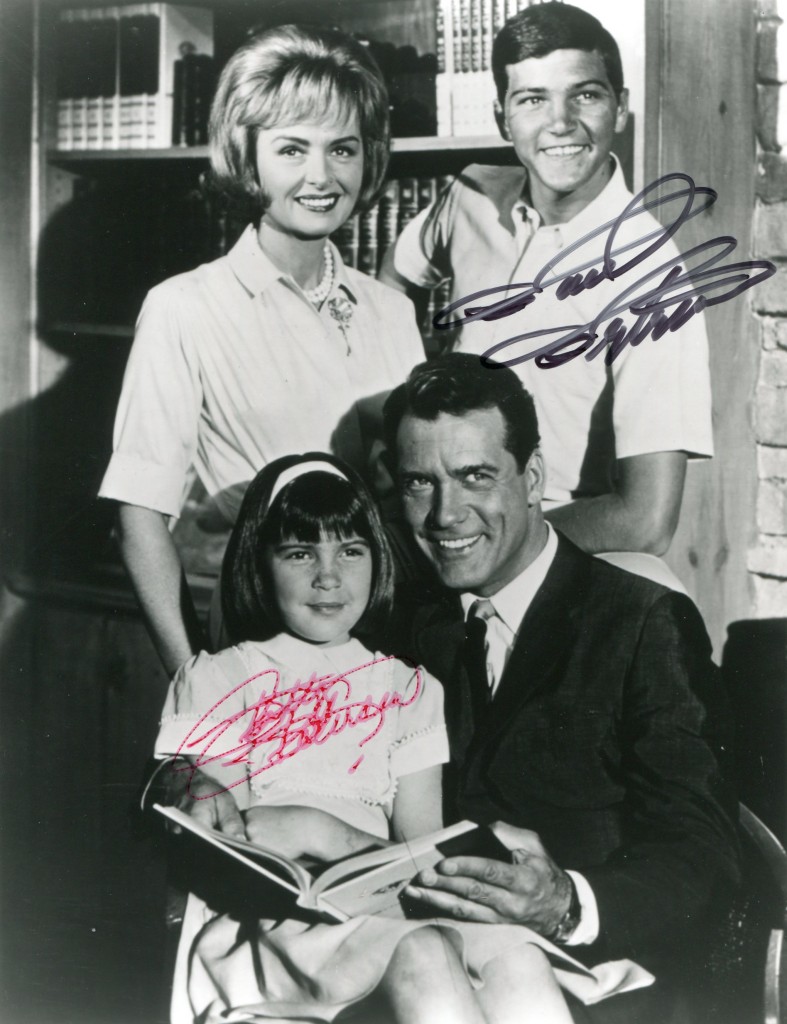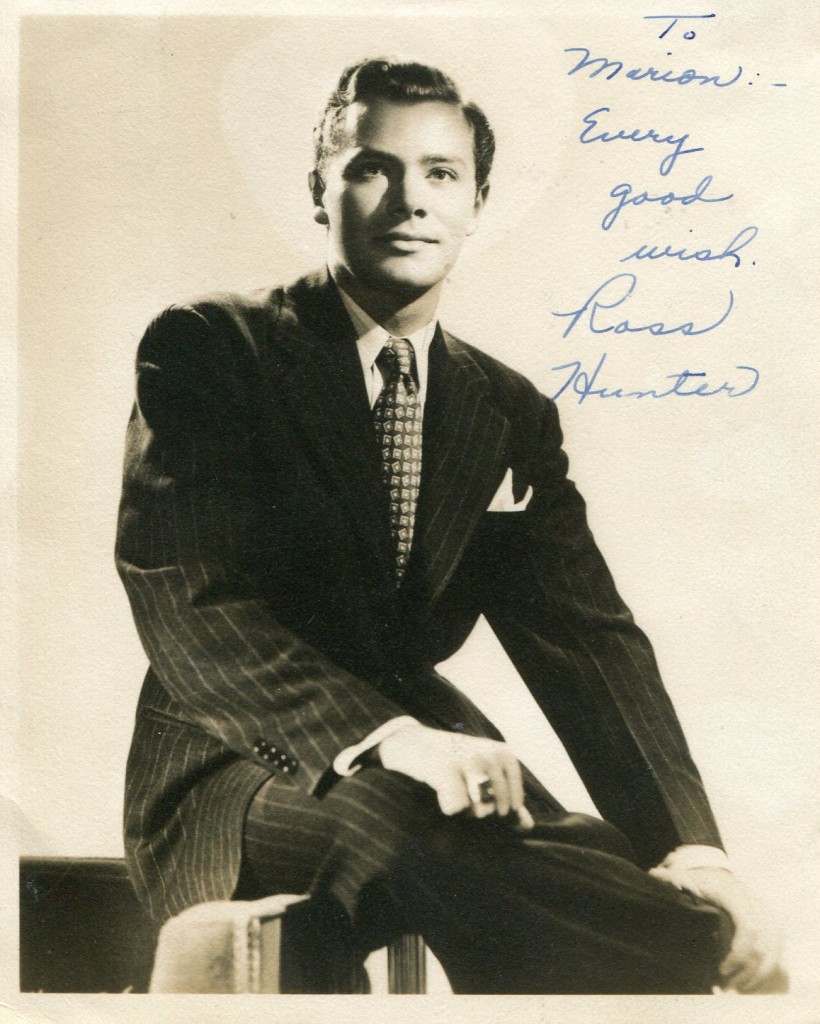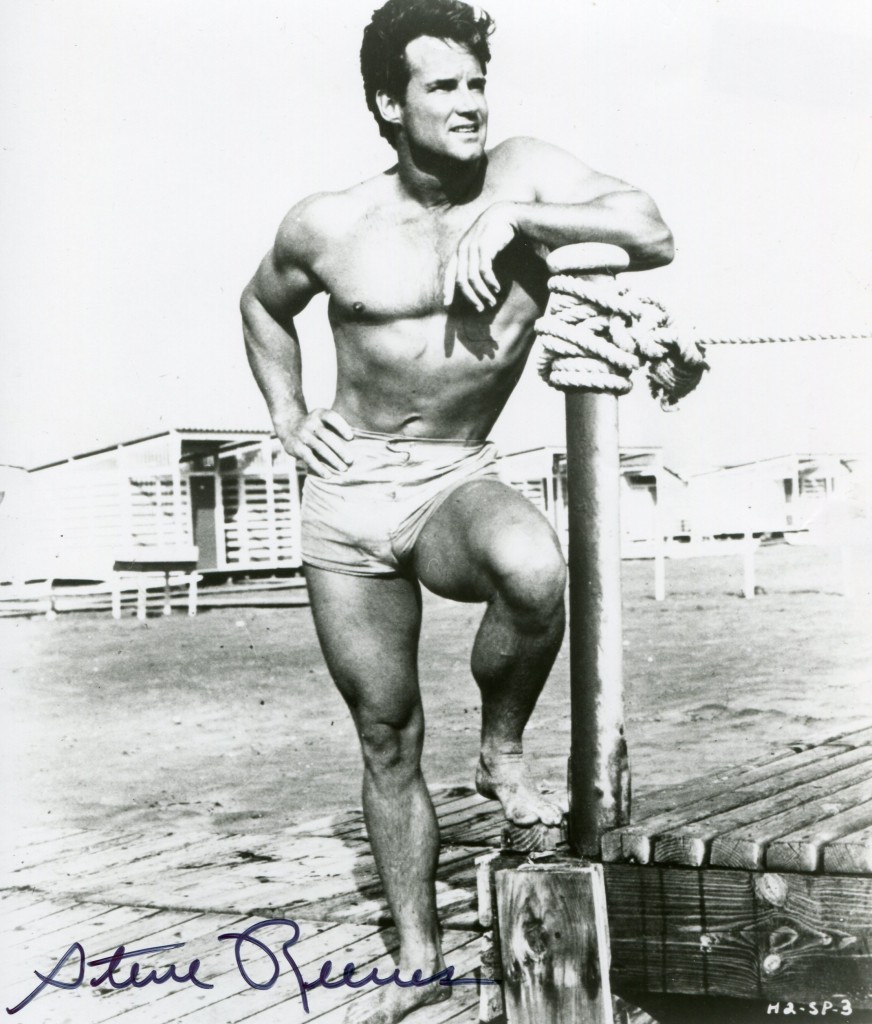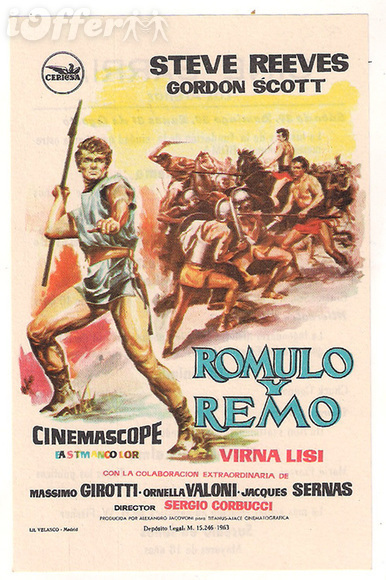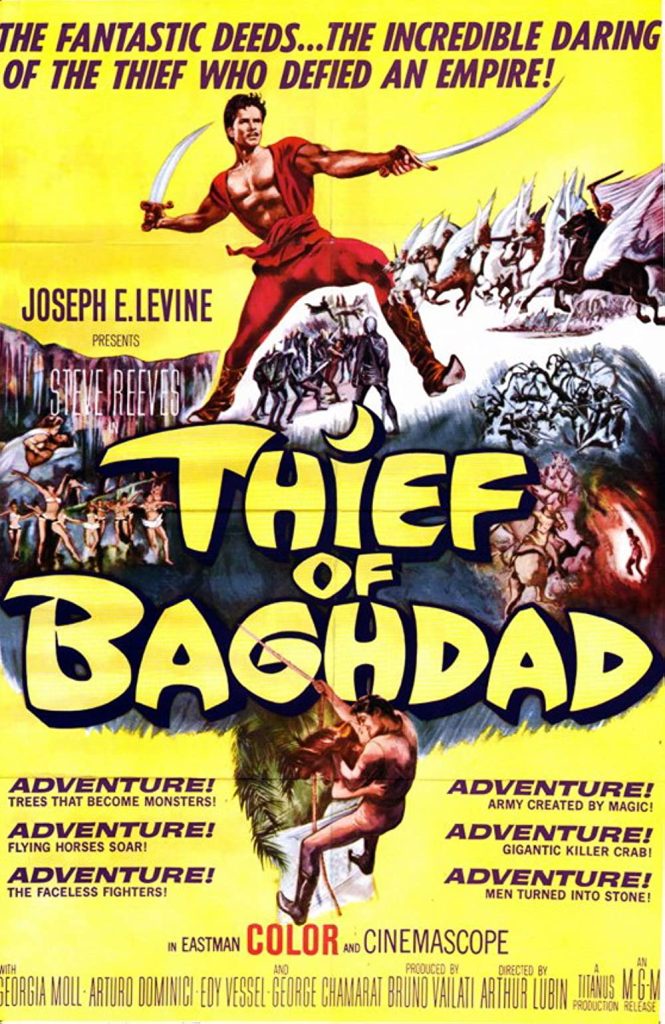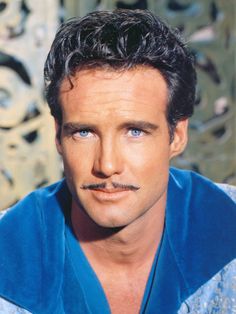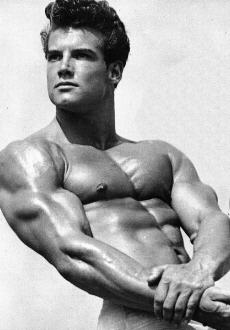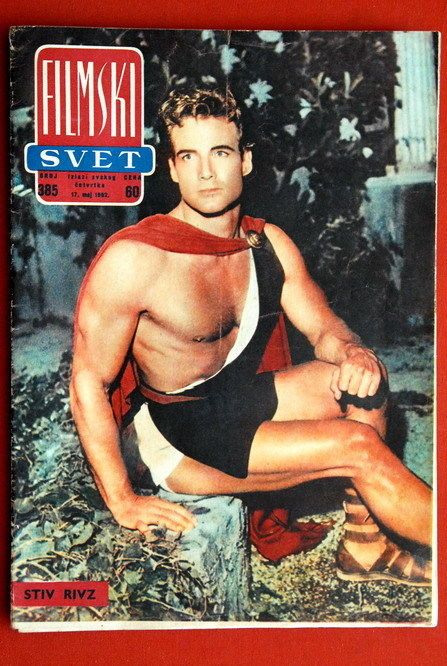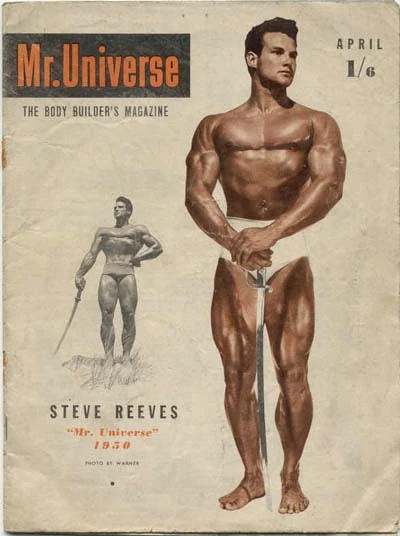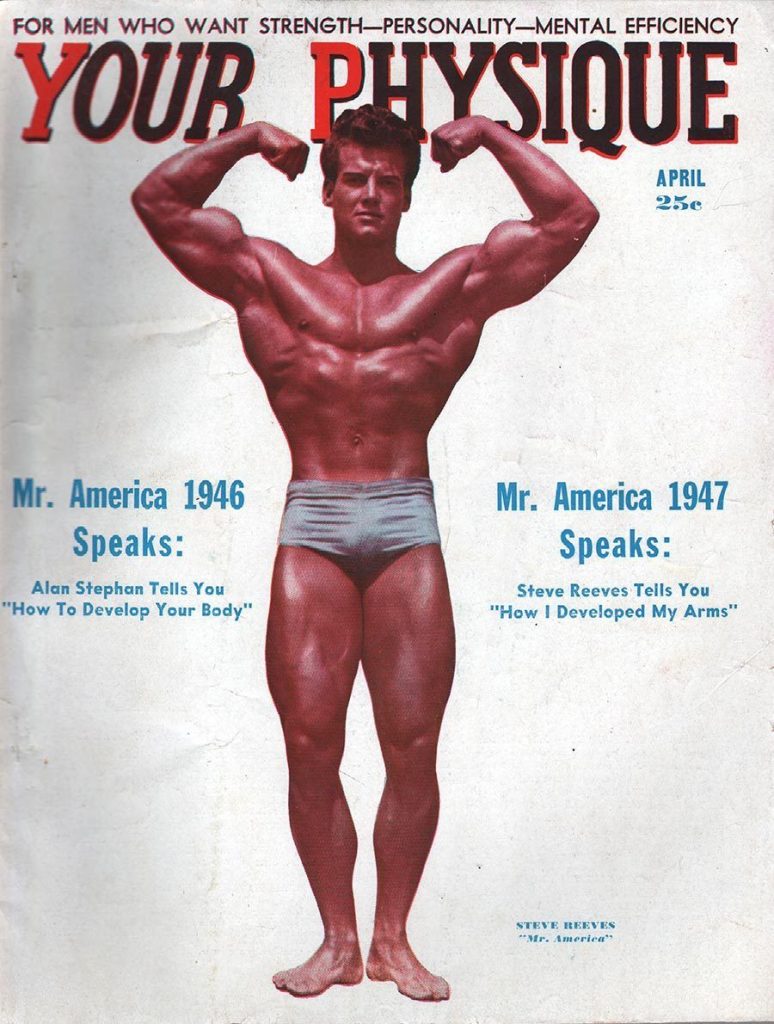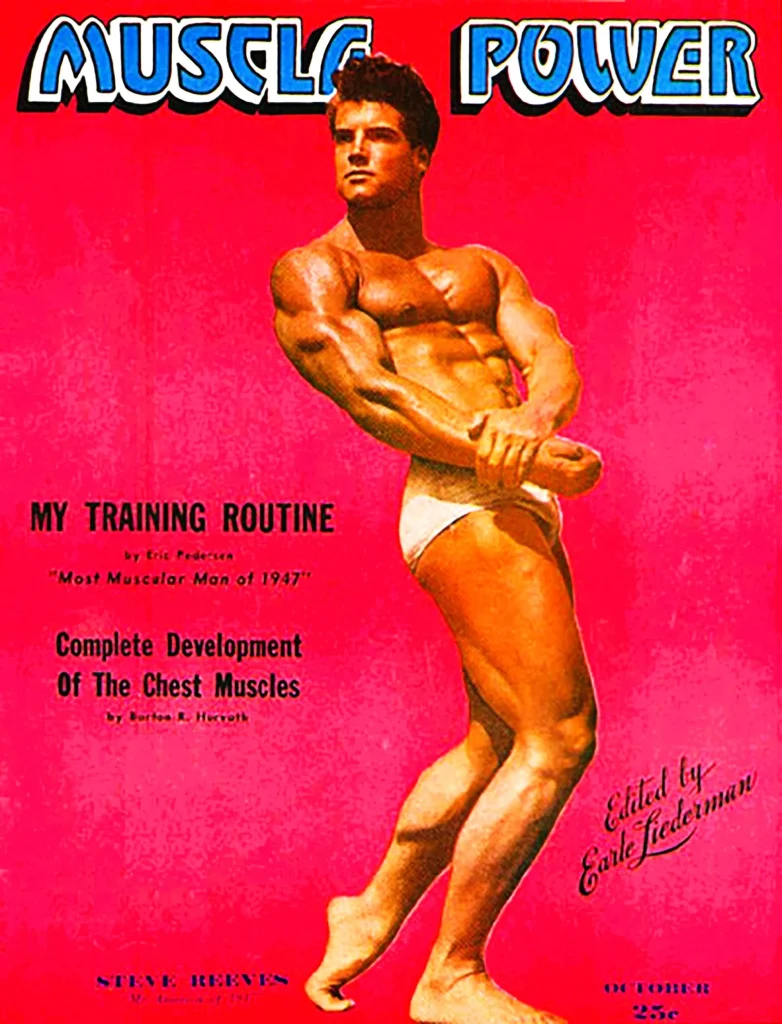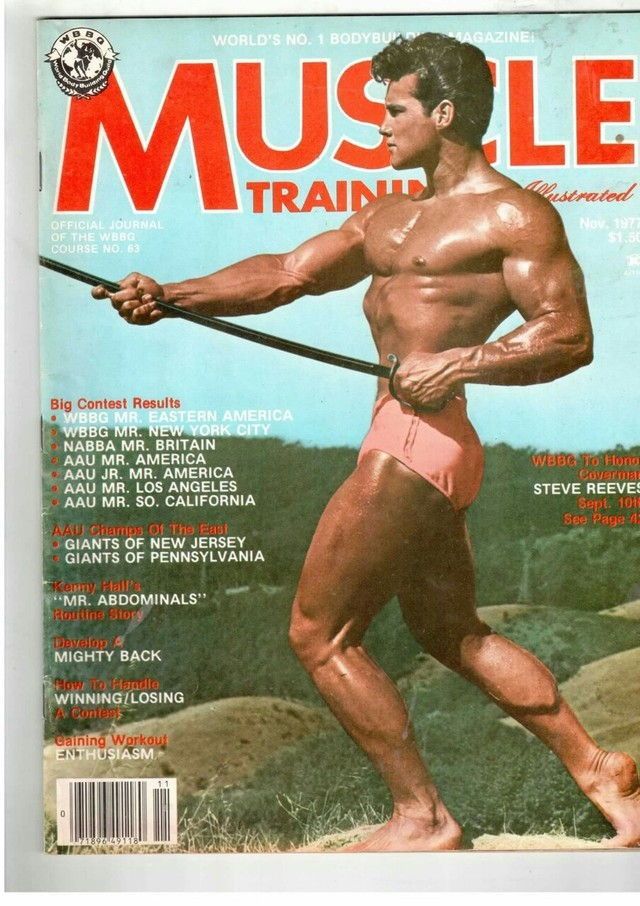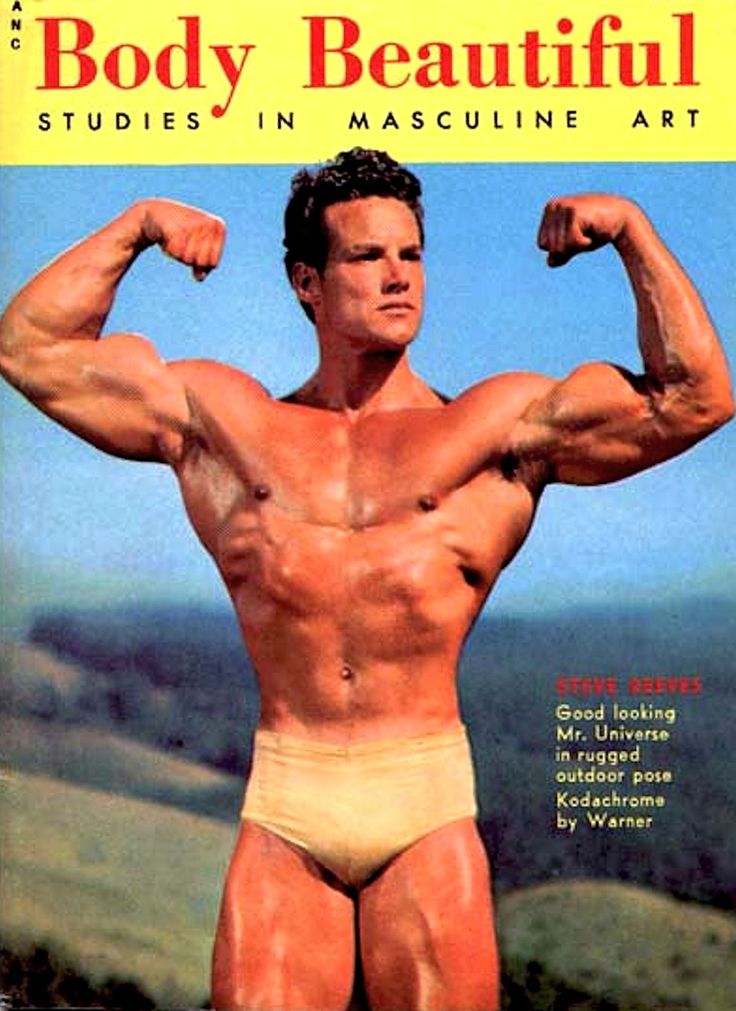
Harry Dean Stanton was born in 1926 in Kentucky. He served in the U.S. Navy during World War Two. His film debut came with Alfred Hitchcock’s “The Wrong Man” in 1956. Other films include “Pork Chop Hill” with Gregory Peck, “Cool Hand Luke”, “Two-Lane Blacktop”, “Pat Garrett and Billy the Kid”, “Alien” and “Paris, Texas”.
TCM Overview:
A prolific supporting player for over five decades, Harry Dean Stanton inspired film critic Roger Ebert to declare, “No movie featuring either Harry Dean Stanton or M. Emmet Walsh in a supporting role can be altogether bad.” Of course, there were a few misfires along the way, but most were redeemed by the actor’s strength for playing haggard men with battered souls. Stanton was well-liked and utilized by some of modern cinema’s most visionary directors including Sam Peckinpah, David Lynch, Martin Scorsese, Sean Penn and Wim Wenders. It was Wenders who launched Stanton’s late career breakout when he cast him in an acclaimed leading role in “Paris, Texas” (1984), but prior to that quietly haunting performance, Stanton spent 25 years playing hard-bitten outlaws in notable films like “Cool Hand Luke” (1967), “Pat Garrett & Billy the Kid” (1973) and “The Rose” (1979). Stanton was transformed into a wizened cult figure of the American indie film scene with “Repo Man” (1984), “The Last Temptation of Christ” (1988), and “She’s So Lovely” (1996) – to say nothing of his fatherly turn in “Pretty in Pink” (1986) and his unforgettable role as one of the doomed Nostromo crew of “Alien” (1979). A restless, unconventional spirit off-camera, Stanton always lent a sympathetic realness to the menacing criminals and barroom-dwelling outsiders he stashed beneath his craggy face and wiry, worn frame.
Stanton was born on July 14, 1926, and raised near Lexington, KY where his father was a tobacco farmer. His hairdresser mother taught Stanton and his brothers to sing from an early age. Eventually singing and play-acting came to serve as a relief for him after his parents’ divorce disrupted his home life. He sang with glee clubs, barbershop quartets, and choral groups in school, as well as in the Navy, which he joined fresh out of high school in 1944 and served aboard a battleship during the Battle of Okinawa. After his World War II service, Stanton attended the University of Kentucky, where he majored in journalism and radio arts. A performance as cockney Alfred Doolittle in a college production of “Pygmalion” inspired Stanton to pursue acting, so he headed to California and studied for two years with the Pasadena Playhouse alongside future up-and-comers Gene Hackman and Robert Duvall. He spent several years on the road touring; first with a men’s gospel group and then a children’s stage production before returning to California to try his luck in Hollywood. He landed a supporting role as a villain opposite Alan Ladd in the “The Proud Rebel” (1957) and quite quickly settled into a new life as a working actor on TV Westerns and crime dramas like “Gunsmoke” (CBS, 1955-1975) and “The Untouchables” (ABC, 1959-1963).
Stanton fell into a pattern of generally being cast as villains and gun-toting outlaws, thanks in part to his scrappy looks and off-screen edginess that he brought with him on camera. His notable early films included “The Adventures of Huckleberry Finn” (1960) and “How the West Was Won” (1962), though he did not begin to land more visible supporting roles until Monte Hellman’s Western, “Ride in the Whirlwind” (1965), penned by Stanton’s then-roommate Jack Nicholson, and “Cool Hand Luke” (1967), where he had a memorable turn as a melancholy, gospel-singing convict. Shifting his efforts from his bread-and-butter television work to film, Stanton was tapped by Hellman for a small role in his classic existential road movie “Two Lane Blacktop” (1971) and went on to portray Homer Van Meter, notorious criminal and associate of John Dillinger, in the biopic “Dillinger” (1973). Stanton enjoyed a supporting role in one of the definitive modern Westerns, Sam Peckinpah’s “Pat Garrett and Billy the Kid” (1973), which led to a close friendship with the film’s star Bob Dylan and a solidifying of Stanton’s reputation as a rebellious spirit with a philosophical and hard-partying bent.
Francis Ford Coppola gave Stanton a chance to look at life from the other side of the law in “The Godfather, Part II” (1974), where he played an FBI agent protecting Michael V. Gazzo. His timeless character looks made him a perfect casting choice to play a detective in the neo-noir adaptation of Raymond Chandler’s “Farewell, My Lovely” in 1975. The following year, he gave another winning outlaw performance as the leader of a gang of horse thieves on the run from Marlon Brando in “Missouri Breaks” (1976). With his significant role in “Straight Time” (1978), a caper starring Dustin Hoffman as a career criminal taken under the wing of an elder ex-con (Stanton), Stanton had the opportunity to really create a complex portrait of a conflicted outsider, and he rose to the occasion. He showcased his singing in the role of a hard livin’ country singer in the Golden Globe Best Picture nominee “The Rose” (1979), and the same year, co-starred in an adaptation of Flannery O’Connor’s “Wiseblood” as the conniving country preacher Asa Hawks. The sci-fi blockbuster “Alien” (1979) earned Stanton some more face recognition for his role as an ill-fated engineer of the spaceship Nostromo, whose search for the company cat ends violently. The same year, he appeared in the CBS TV movie “Flatbed Annie & Sweetpie: Lady Truckers,” where his role as an auto repossessor predicted a forthcoming breakout.
Stanton played a key figure in the post-apocalyptic “Escape from New York” (1981) and as an ill-fated policeman in the horror classic “Christine” (1983) before a chance meeting at a bar with playwright Sam Shepard led to Stanton’s first film lead in “Paris, Texas” (1984). In a role that called for the actor to remain largely silent, Stanton starred as a lost, broken soul trying put his life back together and reunite with his estranged family after having vanished years earlier. The beautiful, haunting film written by Shepard and directed by Wim Wenders also featured Stanton’s vocals on the soundtrack. The actor who essentially carried the film from start to finish won the British Film Critics Award for Best Actor. Stanton’s newly displayed capacity for more sensitive roles and his hip status among the art house set was solidified with his follow-up role in fledgling director Alex Cox’s delightfully weird and satirical “Repo Man” (1984). The cult classic co-starred Stanton as a car thief vet who takes disaffected young punk rocker Emilio Estevez under his wing to teach him about the seedy business and life.
The self-proclaimed “late bloomer” settled into a new confidence and was courted by Robert Altman to play an ornery old boozer opposite Sam Shepard in “Fool for Love” (1985). He was a surprising addition to John Hughes’ fresh-scrubbed Brat Pack romantic comedy “Pretty in Pink” (1986), where he played the chronically unemployed blue-collar father of teen sweetheart, Molly Ringwald. Thrilled with his new status as a contender for meatier, character-driven work, Stanton played Saul/Paul in Martin Scorsese’s “The Last Temptation of Christ” (1988) and in the first of many collaborations with David Lynch, portrayed a desperate detective in “Wild at Heart” (1990). He re-teamed with Lynch for “Twin Peaks: Fire Walk With Me” (1992) and appeared in two HBO films: “Hostages” (1993), a fictionalized account of a group of men kidnapped in Lebanon in the 1980s, and “Against the Wall” (1994), where he played the bar owner father of a son (Kyle McLachlan) serving time during the prison riots in Attica. In a rare comedic appearance, Stanton gave Kelsey Grammar some thorny moments in “Down Periscope” (1996) before revisiting his old Western territory with a turn as Shadrach in “Larry McMurtry’s Dead Man’s Walk” (ABC, 1996).
Taking another first-look “low life” and bringing him alive on screen, Stanton had a supporting role in Nick Cassavetes’ debut “She’s So Lovely” (1996), starring as a barfly whose best friend (Sean Penn) returns home from a mental institution to find his life turned upside down. Stanton had a few mainstream film supporting roles in “Midnight Blue” (1997) and “Fire Down Below” (1997) before retreating to more artful fare with “The Mighty” (1998), where he gave a sincere and savvy performance as the grandfather of a large, learning disabled 13-year-old boy (Elden Henson). Stanton finished out the year by appearing briefly as a judge in Terry Gilliam’s hallucinogenic “Fear and Loathing in Las Vegas” (1998), and made an about face in David Lynch’s quietly meditative G-rated drama, “The Straight Story” (1999), about a 73-year-old man (Richard Farnsworth) who rides his John Deere mower from Iowa to Wisconsin to be with his estranged brother (Stanton) after he has had a stroke. Stanton evinced a morbid sense of humor as a trustee who tests the electrocution equipment in “The Green Mile” (1999), then played the shady manager of an opera company in the flamboyant and often pretentious period drama, “The Man Who Cried” (2001).
Drinking buddy Sean Penn gave Stanton a small role as the former partner of a retired Nevada homicide detective (Jack Nicholson) who slips into obsessive psychosis in his strong directorial effort “The Pledge” (2001). Stanton followed up with a role in Nicholas Cage’s disastrous directorial debut, “Sonny” (2002), as a lowlife thief and gambler (as well as the film’s lone bright spot). Returning to the small screen, Stanton (along with buddy Penn) had a guest spot as himself in an episode of the sitcom “Two and A Half Men” (CBS, 2003- ) before he landed his own series regular role in HBO’s controversial drama “Big Love” (2006- ) as a frightening, but even-keeled church elder of a fundamentalist enclave in Mormon Utah. The polygamy content of the series aroused both interest and controversy, but ultimately “Big Love” delivered the dramatic goods, enjoying solid ratings and good reviews, many of which cited the appealing chemistry between Stanton and Paxton. As if the grueling schedule of a weekly TV show were not enough for the hard-living 80-year-old actor, he also had a small role in David Lynch’s revered and reviled head-scratcher, “Inland Empire” (2006) and Cassavetes’ bold and violent sophomore effort, “Alpha Dog” (2007).
The above TCM overview can also be accessed online here.


